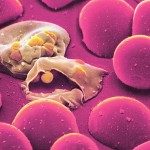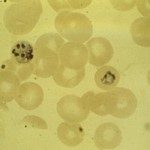Link to Pubmed [PMID] – 38517360
Link to DOI – 10.1080/10937404.2024.2330962
J Toxicol Environ Health B Crit Rev 2024 Mar; (): 1-35
The widespread production and use of plastics have resulted in accumulation of plastic debris in the environment, gradually breaking down into smaller particles over time. Nano-plastics (NPs) and microplastics (MPs), defined as particles smaller than 100 nanometers and 5 millimeters, respectively, raise concerns due to their ability to enter the human body through various pathways including ingestion, inhalation, and skin contact. Various investigators demonstrated that these particles may produce physical and chemical damage to human cells, tissues, and organs, disrupting cellular processes, triggering inflammation and oxidative stress, and impacting hormone and neurotransmitter balance. In addition, micro- and nano-plastics (MNPLs) may carry toxic chemicals and pathogens, exacerbating adverse effects on human health. The magnitude and nature of these effects are not yet fully understood, requiring further research for a comprehensive risk assessment. Nevertheless, evidence available suggests that accumulation of these particles in the environment and potential human uptake are causes for concern. Urgent measures to reduce plastic pollution and limit human exposure to MNPLs are necessary to safeguard human health and the environment. In this review, current knowledge regarding the influence of MNPLs on human health is summarized, including toxicity mechanisms, exposure pathways, and health outcomes across multiple organs. The critical need for additional research is also emphasized to comprehensively assess potential risks posed by degradation of MNPLs on human health and inform strategies for addressing this emerging environmental health challenge. Finally, new research directions are proposed including evaluation of gene regulation associated with MNPLs exposure.

